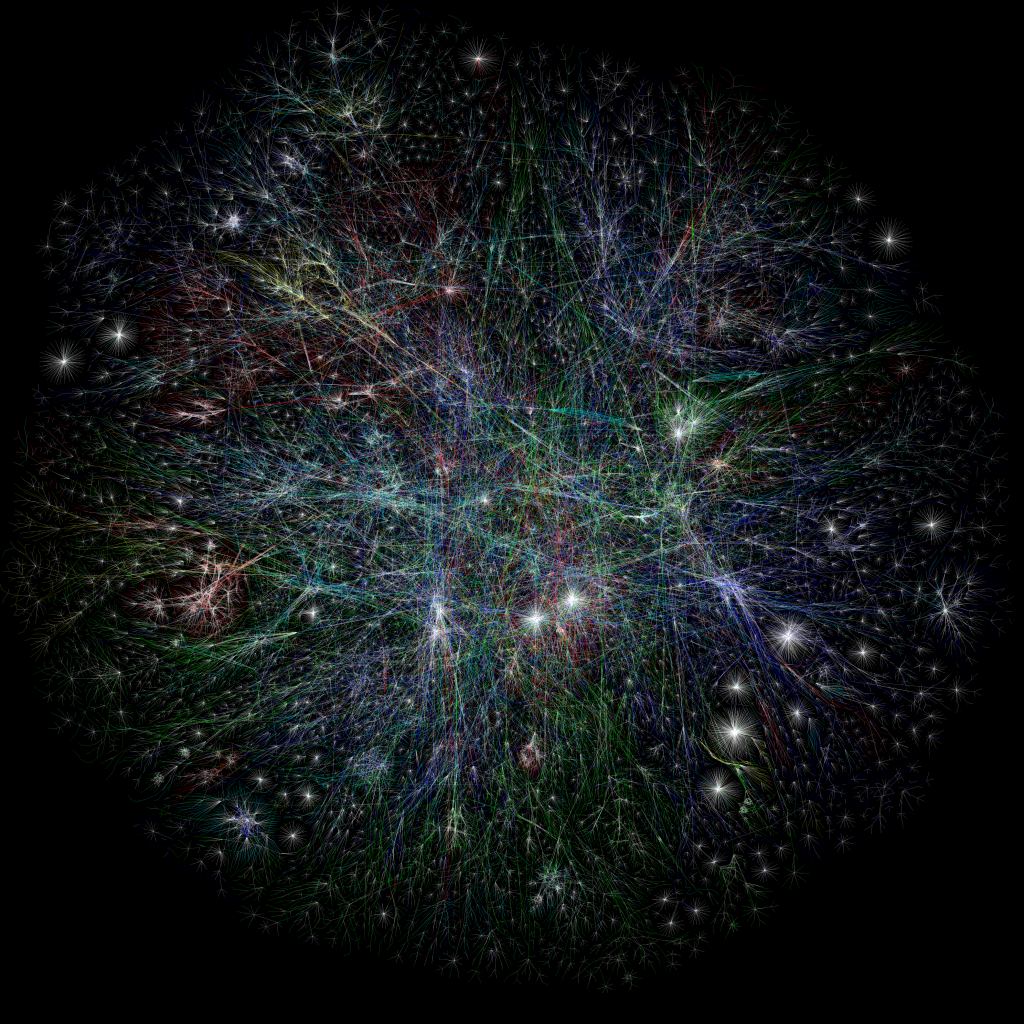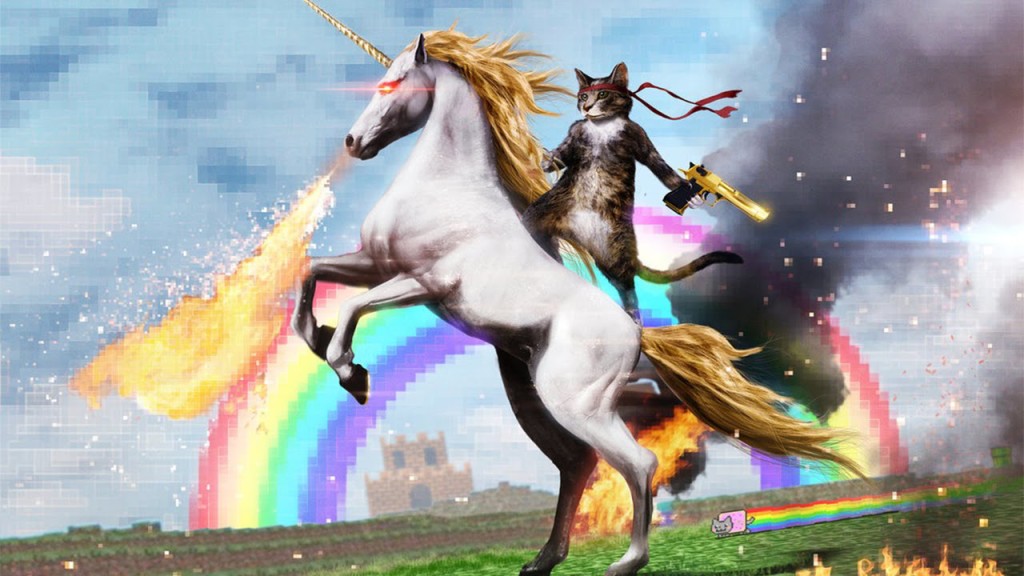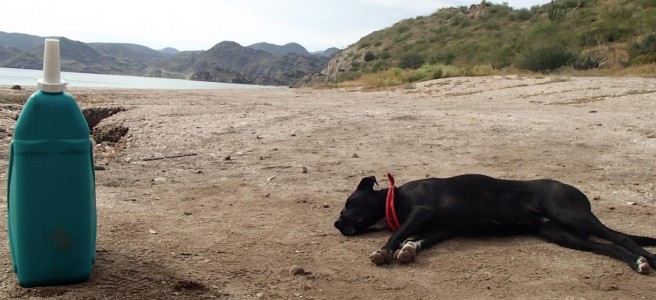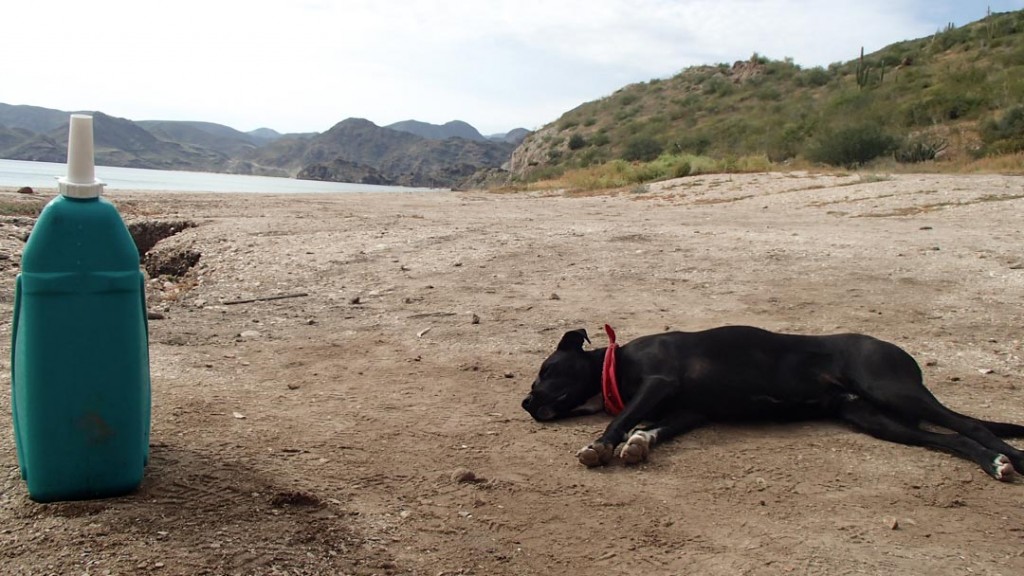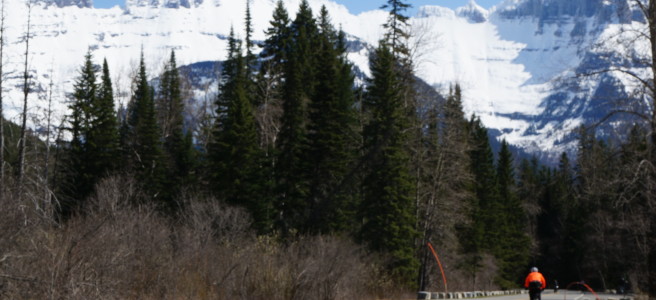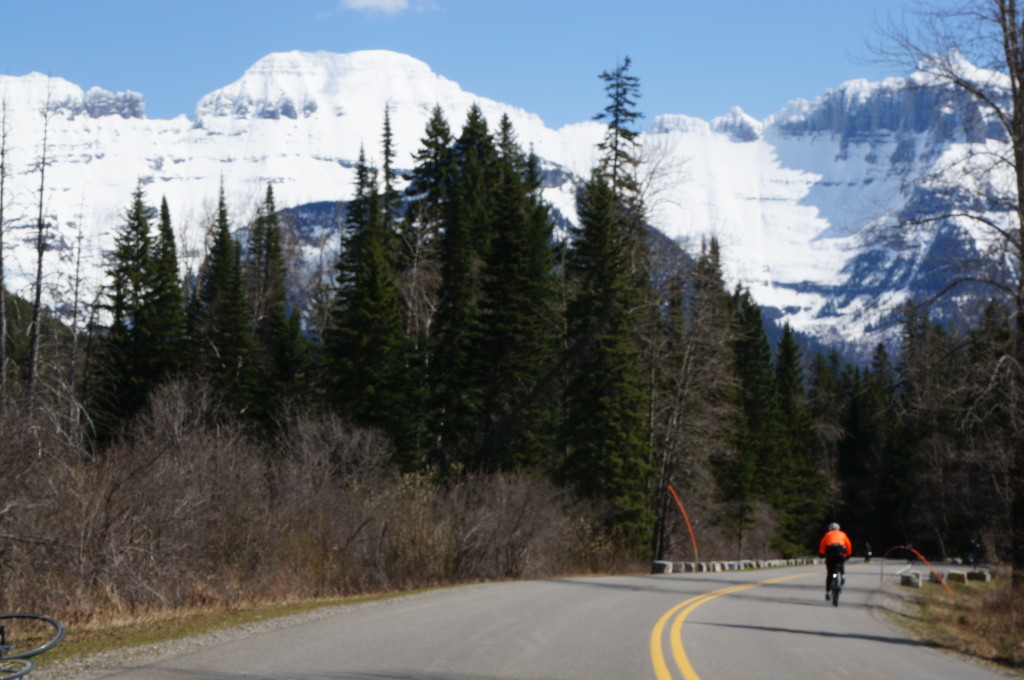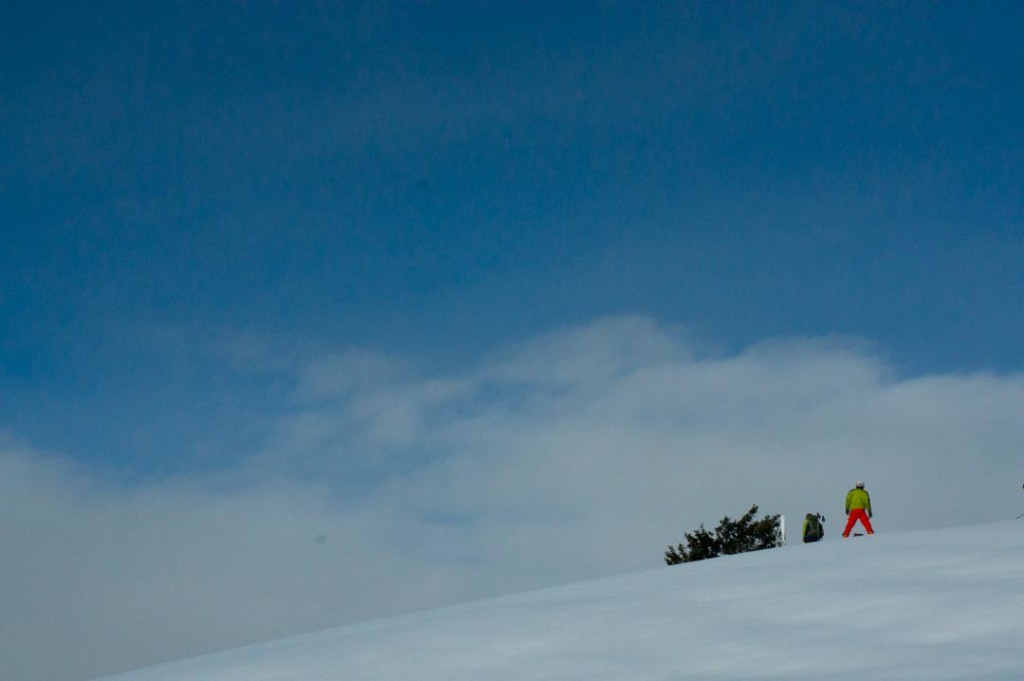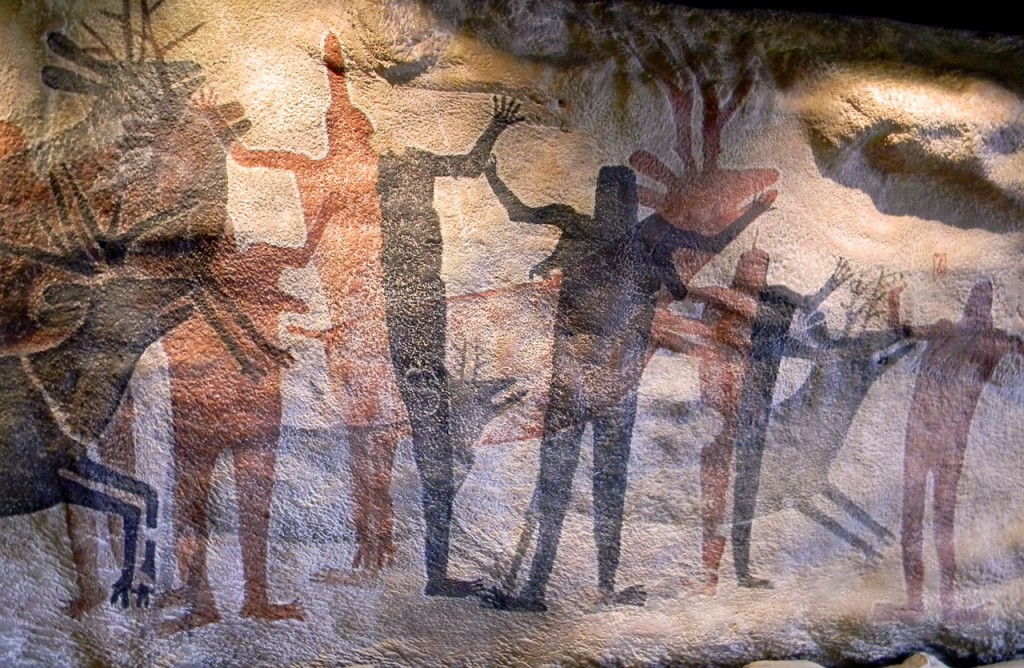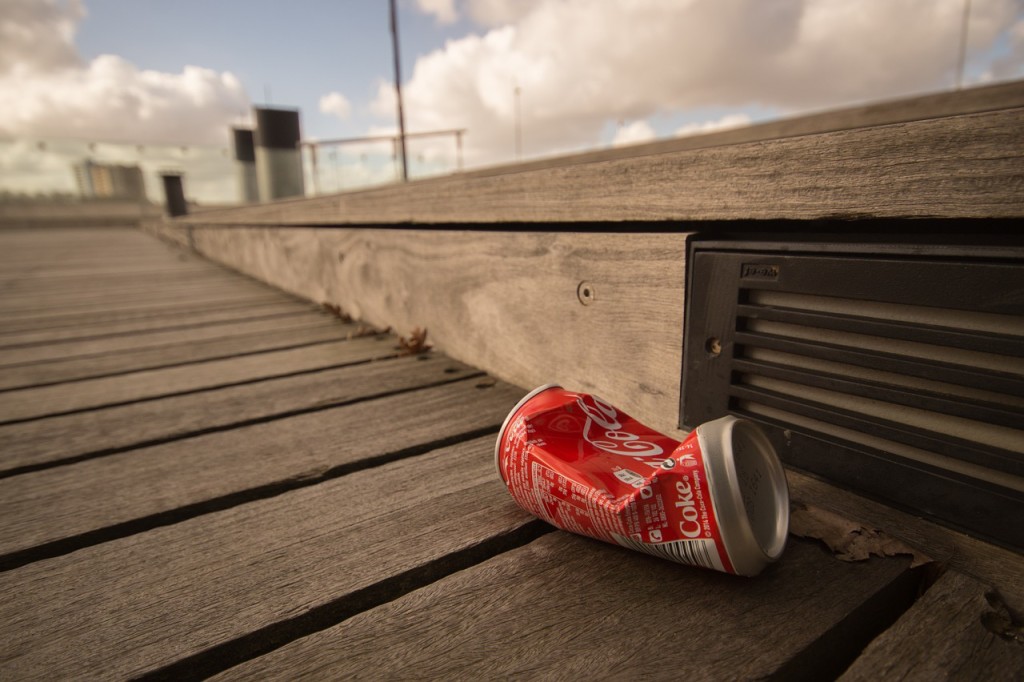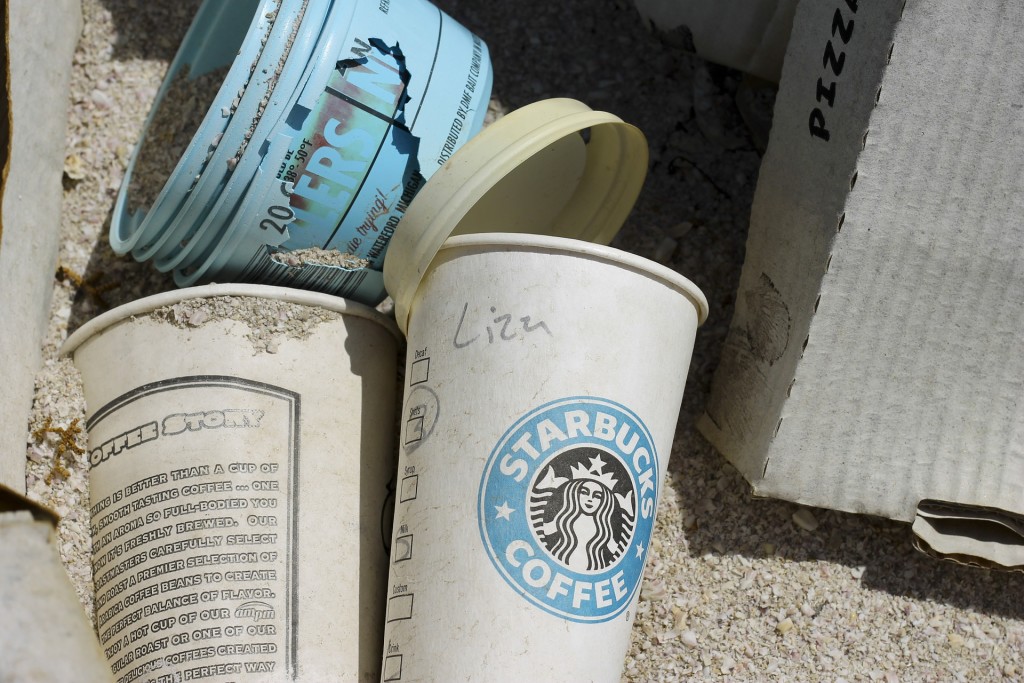Good morning, gentlewomen and gentlemen. Yes, it’s Tuesday. Yes: this is a new post. Yes, your browser is not lying: this is still The Gentleman At Large. But unfortunately, your regularly scheduled blogging programming has been hijacked in a backcountry blogging switcharoo: you can find what Ben would have normally posted here over at skinningwithbearspray.com once he gets it to me.
And as the other part of that hijacking, and your gentlemanly eye on the forest keeper for the week, allow me to introduce myself. My name is David Steele. I hail from Kalispell, and often purpose my poetry degree towards writing about backcountry skiing and alpine capers in the mountains around northwest Montana. Check out the link above to see Ben’s post on my home e-turf.
We cooked up this switcharoo idea a while back, and like many of our good ideas, it didn’t come to fruition. I then committed and the backed out on his hut trip at Downing Mountain Lodge. And maybe another trip he proposed up in the Great White North. Then, through the intervention of fate and the vast social whirlpool that is Missoula, we ended up on a four day trip together into the Pioneer Hut outside of Ketchum two weeks ago. Friends have equated spending a day in the mountains as the equivalent of a few months of casual acquaintance: at such a pace our yurt experience felt like a year of good times and close proximity. My apologies for the underwear that I accidentally bombed on the bunk below, Courtney. Skin track conversations lead to me remembering the blog trade thing I said I’d like to do, and here it is. I don’t actually know if Horan has one for me as of this writing, which is both hilarious and totally acceptable.
http://i161.photobucket.com/albums/t219/bentsteele/IMG_7470_zpskr1x9u9d.jpg
Horan documenting in his natural habitat.
Human factor issues have received a lot of press and attention in backcountry travel circles the past few years. I’ve found them particularly fascinating and essential to my own decision making while trying to ski cool things with various groups—heading in for a few days in a foreign snowpack with mostly new people proved a good opportunity to study how human factors in that setting could play out for me.
http://i161.photobucket.com/albums/t219/bentsteele/IMG_7529_zpsrop2wihd.jpg
Yeah. The answer came on Day 1, and it was not good. As a group, we had traveled the six miles in, and hauled our gear to the yurt in the morning. The storm from the day previous brought significant new accumulations that had not yet been attacked the ferocious winds common to the area. We headed out for an afternoon of turns that saw us skiing the new snow on a SW aspect that, days prior, had been a bare slope of grass. Most of the group then switched to a N aspect on the opposite side of the canyon (shown in the photo above), an area called the Peanut Gallery.
Above the open area you can see in the photo, we saw, felt and heard multiple large collapses in the snow while skinning to the ridgetop. Our pit revealed a preserved layer of surface hoar nearly a meter down, which accounted for the activity we’d seen on similar aspects on the way in. It failed with energy in the twenties on our ECT. The seven of us decided to ski the lower angle aspects skiers right; once out of the trees, it was glorious. Three of the group split off to head back to the yurt, while Michael, Mike, Ben, and I headed back up for another lap.
I’d eyed up the natural takeoff in the center of the field from the get-go. It seemed perfect for a big air. We dug again before the four of us ascended, and found more problems in the lower pack: the buried surface hoar hadn’t been cooked, wind-killed, or magic’d away. Yet the light was gorgeous as the sun slid toward the horizon. Michael had his camera and wanted to shoot it. As I ripped my skins, I unconsciously switched from all the red flags we’d seen, all the reasons to be cautious, all the info that blatantly told a clear message to back down. I was thinking about the mechanics of how I might hit the roller, how fast I could go, whether there was enough speed to properly flip it into the perfect, classic, convex roll start zone of the landing.
Thus did I drop in and send. If you look at the photo, you can see my landing on the upper looker’s left of the crown. I remember coming around on my backflip, spotting the landing, the impact, and seeing the slab break below and off to my right. Instinct immediately veered me right and I skied off the slab as it started to break up. I traversed into the lower angle terrain and then into the trees. It broke several feet deep, propagated fairly wide, and remote triggered another larger slab on steeper terrain out of frame to the right of the above photo.
None of the rest of the four of us were involved, swept, or injured, and they came down shortly after to look at the wildness I’d just unleashed. The group that had headed back to the yurt watched from the other side of the valley in horror, and eventually saw us head down.
Careful observers will have already noted the many failures we had: a large group of people who didn’t know each other super well, a touchy snowpack that we confirmed (twice) to be reactive, and a commitment/acceptance issue in my decision making about whether and what to hit with the camera rolling. I completely ignored the caution that should be obvious in each of those areas, and endangered myself and my group in the process. I let them down. All of those are actions I desperately wish I could take back. It’s a very lucky thing that it came out as benign as it did.
Traveling in avalanche terrain offers heaping helpings of positive, incorrect feedback. We manage to get away with quite a bit, and sometimes push the envelope having no idea how close we might have been to disaster. Having now stepped over that line in dramatic yet non-catastrophic fashion, I can’t emphasize enough that we have a responsibility to properly treat with the passions and joy that cause us to go and play in avalanche terrain.
It’s easy to work through human factor problems with logic. Yet the heat of the moment and the draw of what we love to do is precisely the danger. Passion was the missing ingredient in all my analyses of how human factors might be affecting me. The work is cut out for me: those moments of excitement and joy need to be well insulated from the parts of me steering the decision ship. There’s nothing abstract about how our loves blind us to the facts of situations, yet that battle is precisely the one we need to think and to fight while making decisions in the mountains.
So count this as yet another testament to the examined life in avalanche terrain. I want to learn more, think more, back down more, and through all that, ski a whole hell of a lot more.
Thanks to all the Squirrel Baits, Snow Scooters, and Blowholes for a great trip. Thanks especially to Ben for lending me his ranting space. You can check out more of my work at skinningwithbearspray.com or follow along on Instagram.
Like


